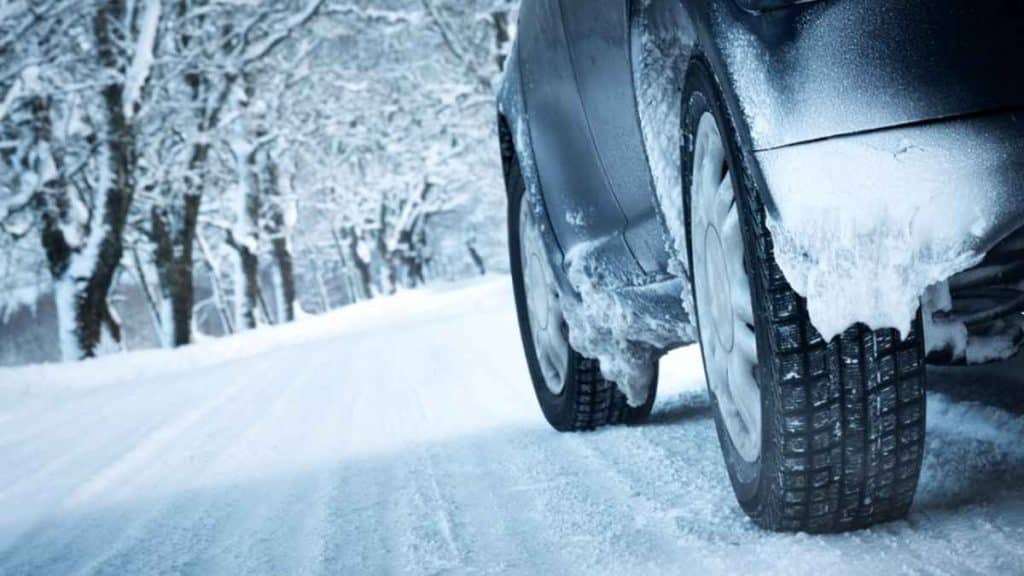The Basics
As a motorist, you should know the rules. A basic and unwritten rule of driving in winter weather is to “keep the speed slow and steady.” The reason is that it is more difficult to control or stop your car on a snow-covered surface. According to reports, there were about 119,000 crashes in the wintry weather of 2020.
If you are driving in winter weather, you should increase the distance between you and another vehicle to have enough time to stop for oncoming traffic.
How to Respond During Crisis
- Remain near your car and avoid exerting too much energy
- Make your car visible by placing bright markers on the antenna or windows and the interior dome light
- If you get stalled in a cold environment, try to protect yourself, your passengers, and your car
- Ensure you clear snow from your exhaust pipe and only occasionally run your car, to keep you warm
- Avoid leaving your car running for a long time in an enclosed area or with the windows up to avoid carbon monoxide poisoning
Areas You Need to Pay Attention To
● Car Seats
Ensure all passengers are in the appropriate seat for their size. To find the best seats for different ages and sizes, refer to the NHTSA’s recommendations.
● Tires
As in the car manual, you must inflate your tires to the manufacturer’s recommendation. You should always check your tires before long drives or after parking for at least three hours for cuts, bulges, punctures, or any condition that may require attention.
● Safety Technologies
Try to familiarize yourself with the safety features of your car and how they operate in cold weather. Use anti-lock brakes if your vehicle has them. If your automobile does not have them and your wheels start to lock up, you might need to pump your brakes.
● Floor Mats
Use the proper size of mat that fits in your car. If you do not set the floor mats correctly, they could obstruct the brake or accelerator pedals and increase the likelihood of an accident.
How to Prepare Your Vehicle
● Lights
Inspect your interior and exterior lights to be sure they are all working perfectly.
● Windshield Wipers
Verify that the windshield wipers are functioning well. Ensure you change any blades that are wearing out.
● Cooling System
Check to confirm that you have sufficient coolant in your vehicle and that it is not leaking. Check your vehicle manual for recommendations.
Steps to Take Before Going on a Trip in Winter
● Keep Your Car Plugged in or Fill Your Gas Tank whenever Possible
A common method to avoid running out of fuel is to keep your tank filled. For electric and hybrid-electric vehicles, plug your car in at night to keep the battery in its optimal range.
● Plan Your Route
Before setting out, ensure you check the traffic and local weather conditions. If you must go out, even in bad weather, consider leaving early, to avoid being caught in the worst storm.
● Stock Your Vehicle
Load your car with essential items like a snow shovel, broom, ice scraper, phone, charger, flashlight, warning devices (flares and emergency markers), edibles, and necessary medications.
● Avoid Risky Driving Behaviors
“The rules are simple: you must avoid driving under the influence of intoxicating substances; obey posted speed limits and traffic laws.” says attorney Lawrence Buckfire of Buckfire Law.


